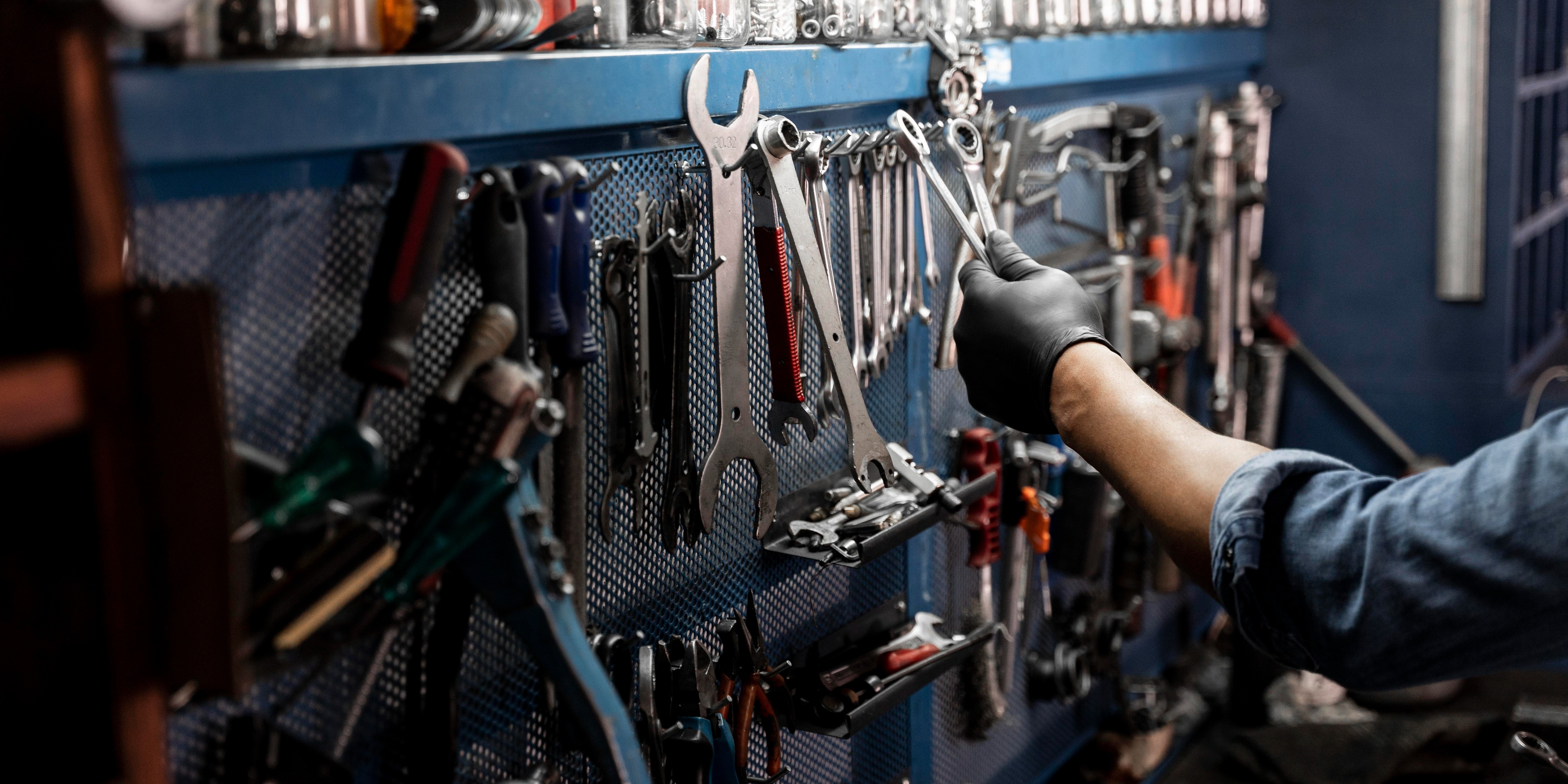
Predictive Maintenance for Heavy-Duty Repair Shops: Real ROI, Less Downtime
Executive Summary
- Downtime costs fleets $450-$760 per truck per day. Predictive maintenance converts emergencies into profitable, planned jobs.
- Telematics (e.g., Samsara, Geotab, Motive) integrated with shop software like ShopView auto-create repair orders, stage parts, and book bays in real time.
- Shops using predictive workflows see 70% fewer breakdowns, 10-50% lower maintenance costs, and 20-30% revenue growth within 90 days.
- Paperwork shrinks: shops save ~1.5 hours per tech per day, recover $100K+ in missed work, and boost profit per bay.
- SaaS adoption is accelerating: from 20% today to 50%+ by 2030. The winners will use predictive tools to catch a $50 fault before it becomes a $12,000 teardown.
The True Cost of Downtime (and Why It’s Rising)
Downtime isn’t just about a truck on a hook. Each day a rig is sidelined costs fleets $450-$760, including missed deliveries, driver wages, penalties, and lost business. For small and mid-sized fleets operating on thin margins, even a single breakdown can derail schedules, trigger expensive rentals, and jeopardize contracts.
For repair shops, downtime equals lost revenue too: empty bays, missed jobs, and chaotic rescheduling. Predictive maintenance addresses the problem head-on by spotting issues before they escalate, turning what would’ve been an emergency into a planned, billable repair.
Your Trucks Are Already Talking, It’s Time to Listen
Modern heavy-duty trucks are rolling data centers. They constantly monitor:
- Oil pressure
- Coolant temperature
- Brake pad wear
- Turbo boost
- Battery voltage
Telematics providers like Samsara and Geotab stream this data to the cloud. Without the right tools, it’s just noise. With ShopView, that same feed is actionable.
Example workflow with ShopView:
- A misfire code from a fleet truck triggers an automatic work order.
- Parts are pre-authorized and pulled.
- A technician is assigned in advance.
- The bay is ready before the truck arrives.
This eliminates wasted time, keeps bays busy, and builds customer trust by fixing problems before they snowball.
From Chaos to Control: The Payoff in Numbers
Switching from reactive repairs to predictive workflows delivers clear results:
- Fewer breakdowns: Fleets report up to 70% fewer engine and brake failures after adopting telematics-driven maintenance.
- Lower costs: Catching issues early slashes spend. Predictive programs show 10-50% lower maintenance costs versus reactive approaches.
- More revenue: A Kansas City shop doubled monthly revenue (from $45K to $90K) after ditching paper workflows and moving to ShopView.
- Work recovered: Shops capture $100K+ annually in jobs that once fell through cracks in whiteboards and clipboards.
- Better bay utilization: Predictive alerts smooth scheduling so bays stay full and productive.
- Less admin, more wrench time: Digital inspections and auto-logged work orders save ~1.5 hours per tech per day, translating to more billable work.
The ROI is real, fast, and measurable.
Compliance Without the Paper Chase
DOT inspections, DVIRs, IFTA reporting, compliance eats hours in most shops. But predictive maintenance paired with digital shop software simplifies the process.
With ShopView, compliance tasks link directly to fault alerts and work orders:
- Repairs automatically close out DVIR items.
- Timestamps and tech notes create audit-ready records.
- Service history is instantly retrievable for fleets or inspectors.
That means less time shuffling paper and fewer invoicing errors, with faster turnaround for fleets.
How to Implement Predictive Maintenance in Your Shop
Getting started doesn’t require a massive overhaul. Follow these steps:
- Connect telematics you already use. Most fleets run Samsara, Geotab, or Motive. ShopView integrates seamlessly, pulling in fault codes, mileage, and inspection notes.
- Digitize your workflow. Replace paper DVIRs and whiteboards with a system that auto-generates repair orders from alerts. ShopView makes every truck or trailer a tracked asset.
- Train your crew. Show techs how alerts create service jobs. The culture shift is simple: from “fix it when it breaks” to “fix it before it breaks.”
- Pilot first. Start with a handful of assets or one fleet account. Track prevented breakdowns, downtime saved, and jobs billed.
- Sell it as a service. Turn predictive maintenance into a customer offering: “We monitor your fleet and fix issues before they break.” Fleets will pay for uptime, and it locks in loyalty.
Why SaaS Is the Future (and the Present)
Right now, only about 20% of heavy-duty shops use modern SaaS platforms, but by 2030, more than half will. Why the shift?
- Instant updates: Compliance rules, tax rates, diagnostics, always current.
- Multi-location control: Shared dashboards for fleets, inventory, and schedules across all shops.
- Lower IT burden: No servers, no patching, no maintenance fees.
- Scalability: SaaS grows with your business, not against it.
As customer expectations rise, shops still running on paper or outdated systems risk being left behind. SaaS is no longer optional; it’s competitive survival.
Why ShopView Is the Right Fit
Unlike generic shop software, ShopView was built for heavy-duty repair and fleet service:
- Tracks tractors, trailers, and equipment natively.
- Integrates with Samsara, Geotab, Motive, and more.
- Auto-logs telematics faults directly into the work order queue.
- Links compliance reporting (DVIR, DOT, IFTA) with repairs.
- Cuts paperwork and invoicing errors, boosting per-bay profitability.
And most importantly, shops typically see measurable ROI in 60-90 days. That means faster turnarounds, happier customers, and higher margins.
Bottom Line
Predictive maintenance isn’t futuristic; it’s here, proven, and profitable. With telematics and shop management software like ShopView, independent and mid-sized heavy-duty repair shops can cut downtime, tighten schedules, simplify compliance, and grow revenue.
Less downtime for fleets means more steady, high-margin work for your bays. The data is clear, the ROI is fast, and the path forward is simple.
.png?width=1500&height=1500&name=11%20(1).png)








.png?width=1500&height=1500&name=1%20(1).png)

%20-%20Copy.png?width=1500&height=1500&name=2%20(1)%20-%20Copy.png)


.png)
